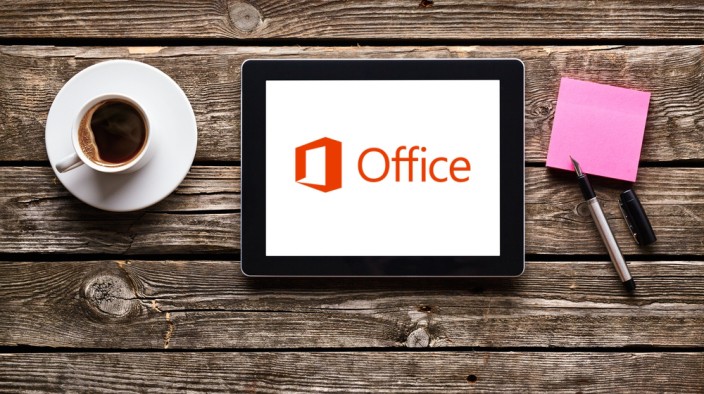Beaming Internet has become the one of the latest obsessions of many Internet giants. Be it Facebook or Google, companies are trying to come up with the best way to beam the web into remote places. Along the same, Google has come up with a new method for providing Internet that will require fewer balloons — all as part of its Project Loon.
If you are unaware of Project Loon, it is Google’s attempt to provide Internet to the world. The company also had another venture wherein it was planning to use drones, however, the last we heard, Google had decided to focus most of its attention on loon.
Project Loon basically envisages sending these giant balloons into the skies. These balloons are equipped with state of the art technology that enables them to beam Internet to you. And since they are flying, you can be sitting in a valley or atop a mountain, if the loon can reach you there — well, so can the Internet.
Google parent Alphabet, today announced a breakthrough for Project Loon wherein, its X lab had managed to devise a new method of providing Internet connectivity using the Internet beaming, flying balloons. The company did not go into much details yet, merely saying that it had managed to leverage machine learning to its advantage and had taught balloons to form clusters.
We always thought Project Loon would operate by creating rings of balloons around the globe and worked hard to maximize the amount of time each balloon spent over land. But over the last few months we were able to make some major breakthroughs by applying machine learning techniques to our navigation algorithms, and as a result, we can now get teams of balloons to cluster together over a particular region of the earth. This has enormous implications for Loon’s economic and operational viability: we can put together a Loon network over a particular region in weeks not months and we can get greater value out of each individual balloon. Overall this means a 100x reduction in the total number of balloons we’d need, which has huge implications for the costs of operating a Loon-powered network.
Well, it appears as if universal Internet has come that much closer. We will keep an eye out for more details and will update the post once we get them.
The Tech Portal is published by Blue Box Media Private Limited. Our investors have no influence over our reporting. Read our full Ownership and Funding Disclosure →






